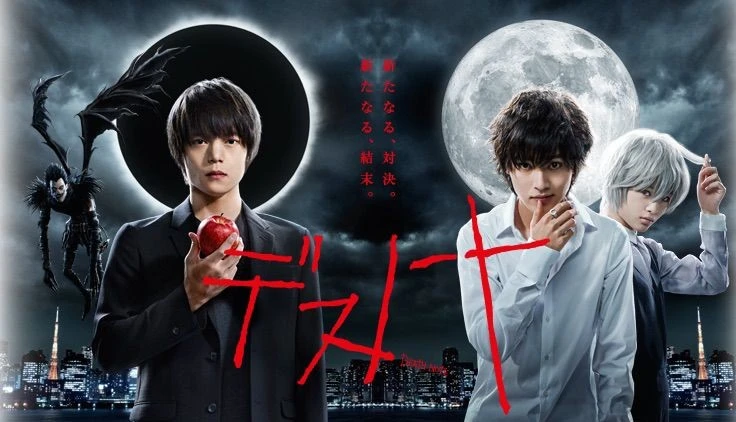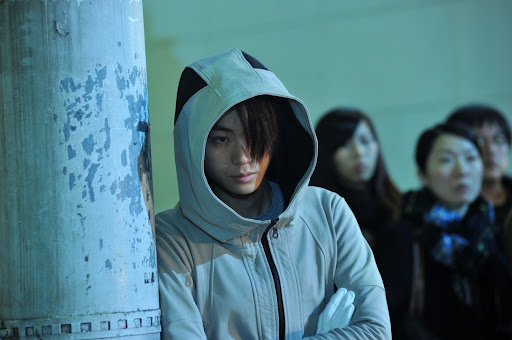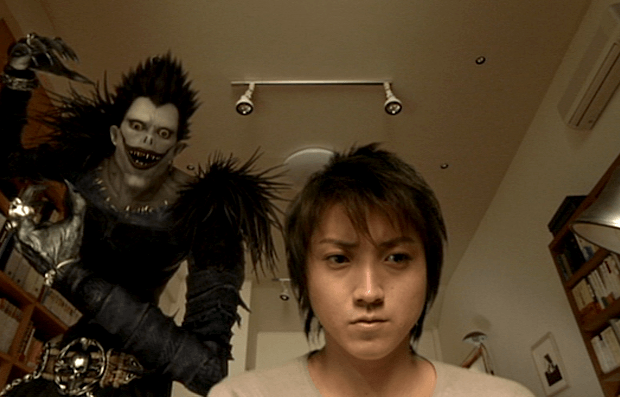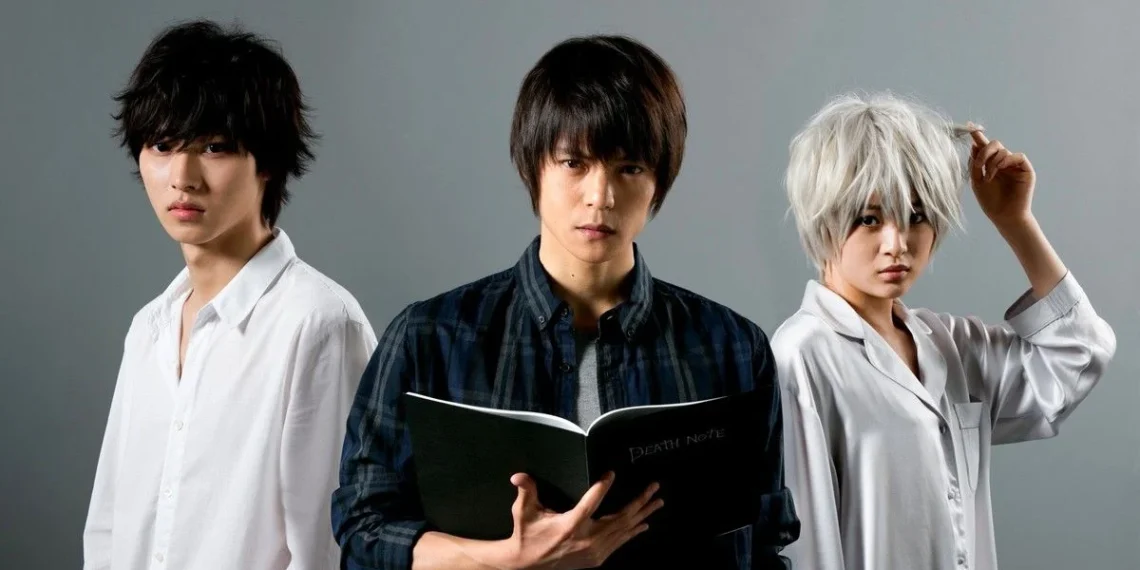The 2016 live-action adaptation of Death Note, a classic anime and manga series, made waves even before its release. With its unique premise, intriguing characters, and morally complex themes, Death Note captured the hearts of fans worldwide. Now, the live-action version promises to introduce a fresh twist on the iconic tale of Light Yagami, the brilliant student who finds a notebook with the power to kill anyone whose name is written in it. With its intriguing trailer and new changes, the 2016 adaptation sparked curiosity and raised questions about how closely it would follow the original story.
As fans awaited the release, discussions about the movie’s cast, setting, and plot changes filled the internet. While the original anime fascinated millions for its deep philosophical themes and psychological drama, many wondered whether the live-action film could deliver a similar impact. This explores what to expect from the Death Note live-action adaptation, its key differences from the anime, and what makes this film an intriguing re-imagining.
Key Differences Between the Anime and 2016 Live-Action Movie

The Death Note anime is known for its dark tone, intricate plot, and morally complex characters. However, the live-action adaptation brought some major shifts. One of the most noticeable changes was the setting. While the original anime takes place in Japan, the 2016 live-action film moves the story to Seattle, USA. This geographic shift allowed the filmmakers to adapt the narrative for a Western audience, providing a fresh backdrop for the characters’ morally dubious actions.
Another significant difference is the portrayal of the protagonist, Light Turner (played by Nat Wolff). Unlike Light Yagami, who is depicted as a cold and calculating character in the anime, Light Turner is portrayed as more emotional, impulsive, and less confident in his decisions. This alteration gave the character a different dynamic and perspective on the events that unfold, focusing more on his internal struggle than the calculated execution of his plans.
Moreover, Ryuk, the death god who drops the Death Note into Light’s hands, is a crucial figure in both versions. While the character’s design remains faithful to the original anime’s portrayal, the live-action movie introduced a new visual aesthetic for Ryuk, utilizing CGI to create a more terrifying, yet somewhat stylized look. Willem Dafoe’s voice acting added a layer of eerie depth, delivering a performance that made Ryuk feel ominous and unsettling.
The Plot: Will It Stay True to the Anime?
The central premise of the Death Note live-action adaptation remains faithful to the original: a high school student finds a supernatural notebook that can kill anyone as long as their name is written in it. However, the 2016 film introduced changes to the plot that set it apart from the anime.
In this version, Light Turner initially seeks to use the Death Note for what he believes are justifiable reasons, eliminating criminals and people he perceives as evil. His journey into the dark world of power and manipulation is accelerated, with a quicker descent into moral ambiguity. While the anime delves deeply into the philosophical debate over justice and the consequences of absolute power, the film focuses more on the action and thriller aspects, with an increased emphasis on Light’s cat-and-mouse game with L (played by Lakeith Stanfield), the eccentric detective determined to stop him.
Additionally, the film introduces Mia Sutton (played by Margaret Qualley), a character that doesn’t exist in the anime or manga. Mia becomes Light’s romantic interest and accomplice, adding a new layer of complexity to the plot as she encourages his violent use of the Death Note. This change added a romantic subplot that wasn’t present in the original, giving the film a different tone from the anime’s more intellectual and psychological focus.
Character Changes: Light Turner vs. Light Yagami

One of the most discussed aspects of the Death Note 2016 adaptation was the portrayal of Light Turner compared to Light Yagami from the original anime. Light Yagami, as seen in the manga and anime, is an intelligent, determined, and calculating individual, whose descent into madness is a result of his increasingly extreme methods and his belief in his superiority.
On the other hand, Light Turner is depicted as a more impulsive and vulnerable character. His motivations for using the Death Note are initially driven by a desire for revenge against those who have wronged him, but as the story progresses, Light’s emotional immaturity is highlighted. This change was intended to make the character more relatable to Western audiences, but it also shifted the tone of the story. While Light Yagami’s cold rationality made him a fascinating antihero, Light Turner’s more erratic actions and emotional outbursts created a different kind of tension in the narrative.
While some fans appreciated this change, others felt that Light’s transformation from a cold, calculating mastermind into a more reactive character diluted the intellectual aspects of the story. Still, the film provided a new lens through which viewers could explore the moral dilemmas surrounding the Death Note.
The Role of L: Detective and Antagonist
L, the mysterious detective determined to stop Light, plays a pivotal role in both the anime and live-action films. In the 2016 version, Lakeith Stanfield’s portrayal of L deviates from the original anime character’s eccentricities and idiosyncratic behavior, adding a different flavor to the detective’s personality.
While the anime version of L is more enigmatic and unpredictable, the live-action film’s L is more grounded and focused on his goal of capturing Light. L’s physicality is also different in the film; his quirky mannerisms and the famous sitting position are still present but seem toned down compared to the anime’s highly exaggerated portrayal. These changes may have been made to appeal to a broader audience and to provide a more conventional portrayal of a detective, but they also removed some of the charm and depth that L had in the original series.
Despite these differences, L’s role as Light’s foil remains intact. Their cat-and-mouse dynamic is central to the plot, and the tension between the two characters forms the backbone of the narrative.
Ryuk: The Shinigami with a New Look

Ryuk, the shinigami who drops the Death Note into Light’s possession, remains a key figure in both the anime and the live-action film. In the 2016 adaptation, Ryuk’s character design was updated, using CGI to create a more stylized and modern version of the original character. While Ryuk’s design stays true to the anime, his appearance is more realistic and intimidating, with heightened details that give him a sense of menace and power.
Willem Dafoe’s voice performance as Ryuk brought a new depth to the character. His tone is chilling, adding to the eerie atmosphere that surrounds Ryuk’s presence. The shinigami’s role as a neutral observer—never directly intervening in the moral choices of the characters—remained consistent with the anime, yet his interaction with Light and his observations provide a more comedic touch, lightening the otherwise dark atmosphere of the film.





